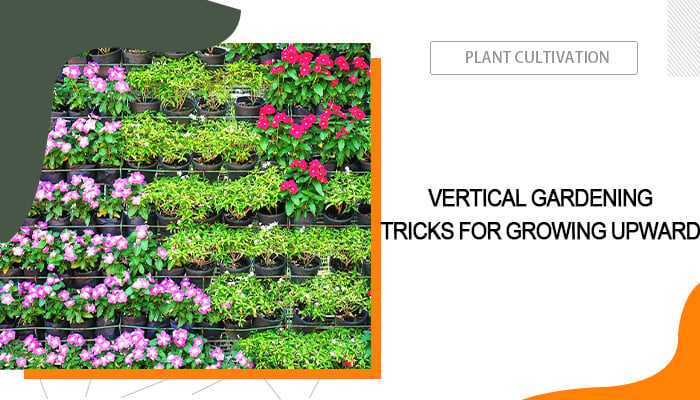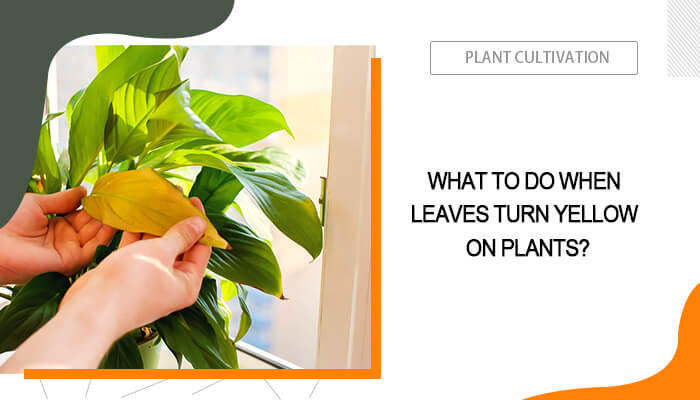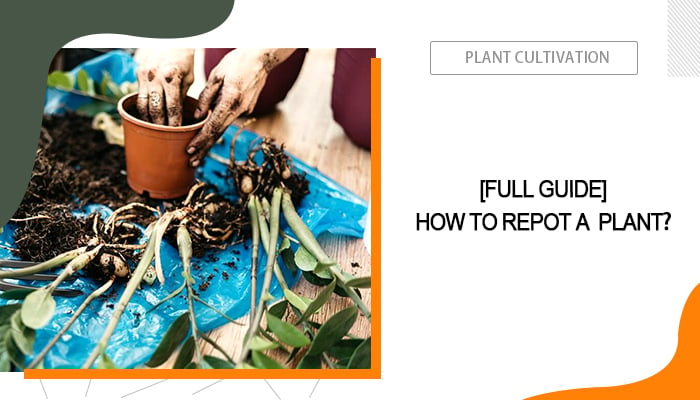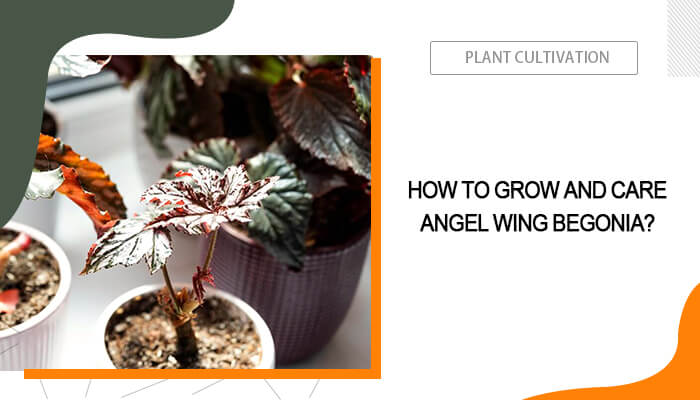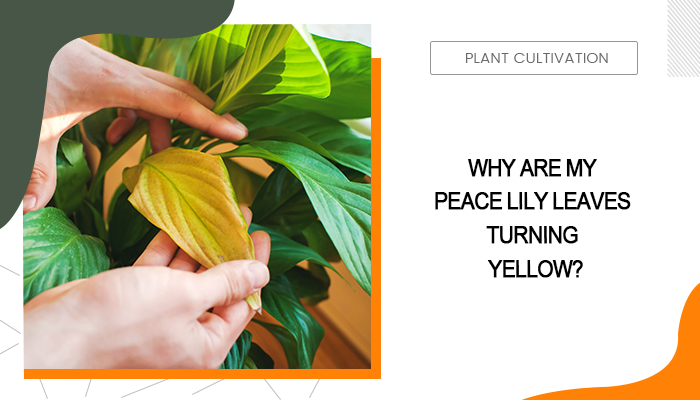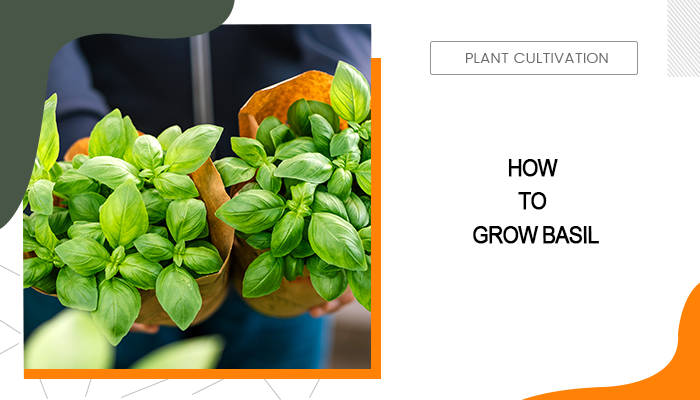Are you looking to transform your small space into a lush, sea of green? DIY vertical gardening is the perfect solution! This innovative gardening technique allows you to maximize limited areas by growing plants upward rather than outward, making it ideal for urban settings, balconies, and even indoor spaces.
Not only does vertical gardening enhance your environment, but it also offers other numerous benefits, including improved air quality and aesthetic appeal. In this comprehensive guide, you’ll discover essential tips and tricks for successful vertical gardening, from selecting the suitable vertical gardening plants to the application of vertical gardening systems. Whether you’re a seasoned gardener or a beginner, these practical insights will help you create a thriving vertical garden.
Let’s dive into the world of vertical gardening and unlock the potential of your available space!
Table of Contents
What Is Vertical Gardening?
Vertical gardening is a gardening mechanism that involves growing plants upward rather than outward, so as to make the most efficient use of limited space. The reason why someone would use a vertical garden is that it can bring more possibilities to urban environments where traditional gardening is challenging due to space constraints. Besides, vertical gardening also has other advantages.
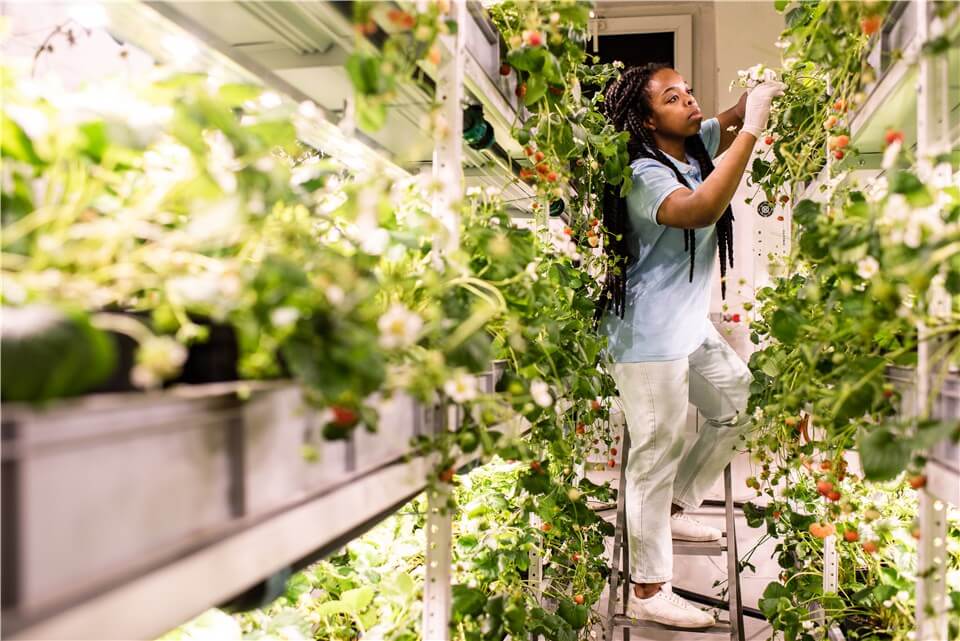
What Is Vertical Gardening
Key Features of Vertical Gardening
- Space Efficiency: By utilizing vertical structures such as walls, trellises, or shelves, gardeners can maximize their growing area, making it ideal for small backyards, balconies, or even indoor spaces.
- Variety of Plants: A wide range of plants can be grown vertically, including herbs, vegetables, flowers, and ornamental plants.
- Aesthetic Appeal: Vertical gardens can enhance the beauty of a space, adding greenery and visual interest to walls and fences.
- Improved Air Circulation: Plants grown vertically often benefit from better air flow, which can reduce the risk of disease.
- Easier Maintenance: Vertical gardens can be easier to tend to, as they reduce the need for bending or kneeling.
- Environmental Benefits: Vertical gardens can help cool buildings, improve air quality, and support biodiversity by providing habitats for various species.
What Plants Grow Best in Vertical Gardens?
The best vegetables for vertical gardening include various herbs, vegetables, fruits, flowers, succulents, and climbing plants that thrive in an upward growth environment.
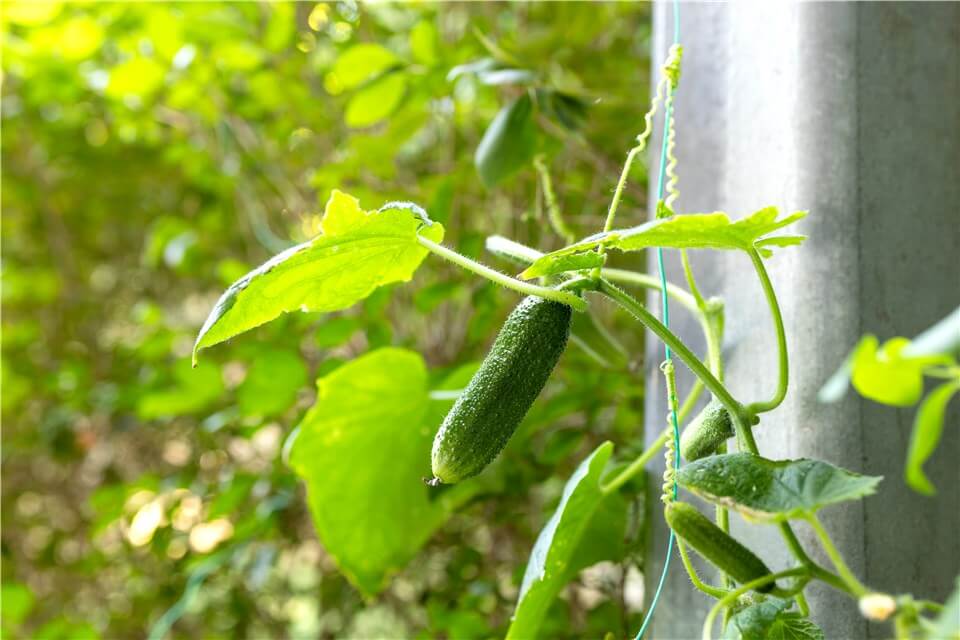
Best Vegetables for Vertical Gardening
- Herbs like basil, mint, and thyme are perfect for smaller spaces;
- Vertical gardening vegetables such as indeterminate tomatoes, zucchini, and cucumbers. Pole beans can also be trained to climb;
- Fruits like strawberries and raspberries adapt well to vertical structures;
- Vibrant flowers such as petunias and morning glories add color and beauty.
- Foliage plants like pothos and ferns provide lush greenery, making them ideal choices for both indoor and outdoor vertical gardens.
By selecting these adaptable and visually appealing plants, you can create a thriving vertical gardening system.
What Are Common Vertical Gardening Ideas?
With a myriad of creative approaches available, vertical gardening not only enhances the beauty of your surroundings but also promotes sustainability and efficient use of resources. From wall-mounted planters to trellised vegetables, the possibilities are endless. In this part, we will highlight practical and inspiring methods that can transform any space into a lush and vibrant garden, regardless of size or experience level.
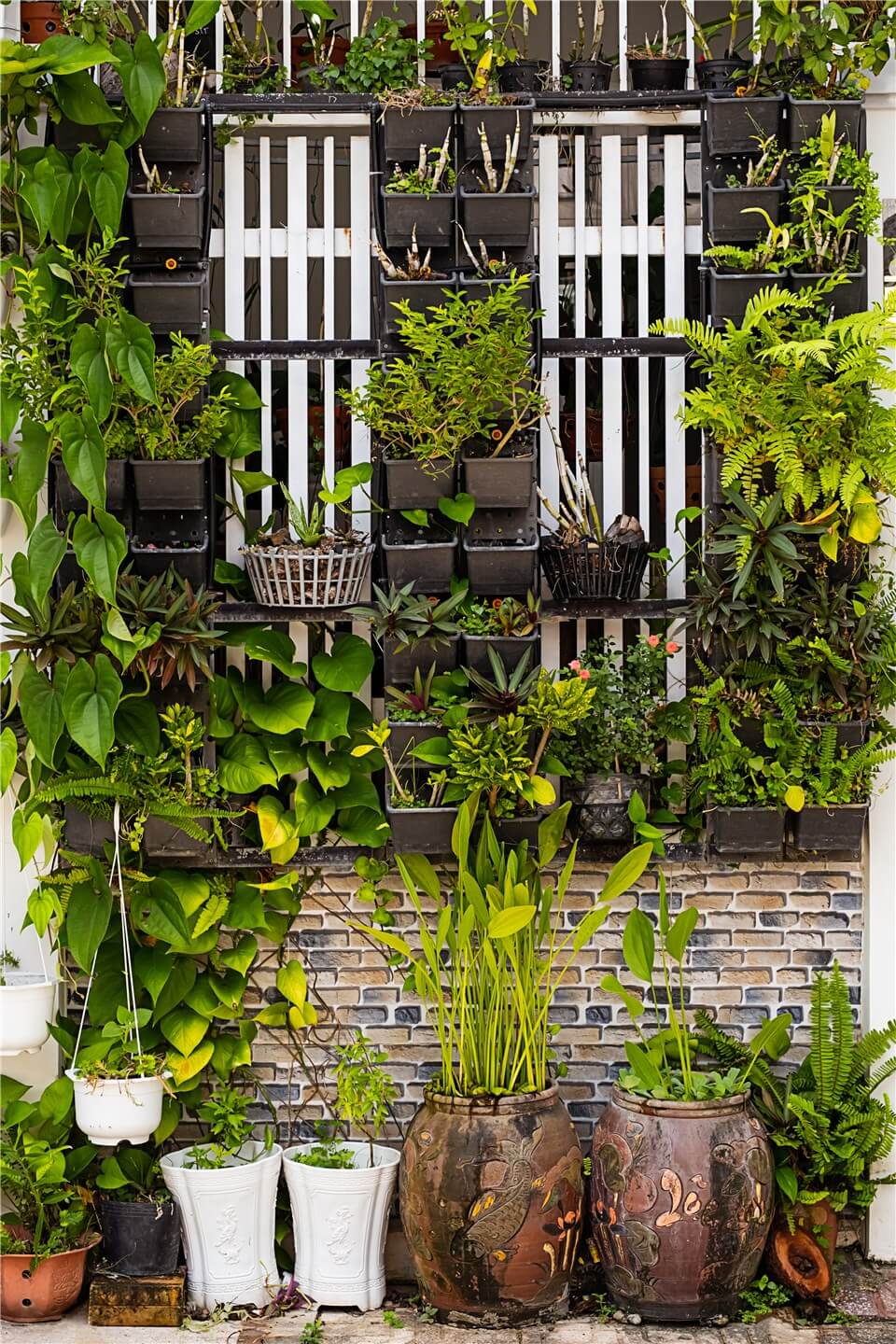
Common Vertical Gardening Ideas - Wall Gardens
- Vertical Planters: Use tiered planters or stacked pots to create a multi-level garden. These can be placed on patios, balconies, or even indoors.
- Trellises and Arbors: Install trellises for climbing plants like tomatoes, cucumbers, or beans. Arbors can also create a beautiful entryway while supporting vines.
- Wall Gardens: Create a living wall by mounting planters or using wall-mounted pockets to grow herbs, succulents, or flowers directly on your walls.
- Hanging Baskets: Suspend baskets from hooks or ceilings to create a cascading effect with flowering plants or trailing herbs.
- Pallet Gardens: Repurpose wooden pallets as vertical planters. Fill the slats with soil and plant herbs or flowers for a rustic look.
- Gutter Gardens: Attach rain gutters to a wall or fence and fill them with soil to grow shallow-rooted plants like lettuce or strawberries.
- Ladder Gardens: Use old ladders as a vertical structure to hold pots at different levels, adding charm and functionality to your space.
- Wire Mesh or Fencing: Attach wire mesh to a wall or fence to support climbing plants, allowing them to grow vertically while saving ground space.
- Vertical Hydroponics: Set up a hydroponic system where plants grow without soil, utilizing vertical racks or towers for efficient space usage.
- Bamboo or Wooden Frames: Construct frames with bamboo or wood to support plant growth and create a structured vertical garden.
How to Make Vertical Gardening?
Creating a vertical garden is a rewarding way to maximize space and enhance your environment. First of all, you should select a suitable spot with adequate sunlight - 6-8 hours a day. Alternatively, if you’re working on vertical indoor gardening, you can turn to LED grow lights for enough lights.
Afterwards, you should determine plants that are well-suited for vertical gardening, such as herbs, vegetables, flowers, or climbing plants. Based on the mentioned common vertical gardening ideas and structures, you’ll need materials like pots, soil, screws, brackets, and a suitable backing for wall-mounted options.
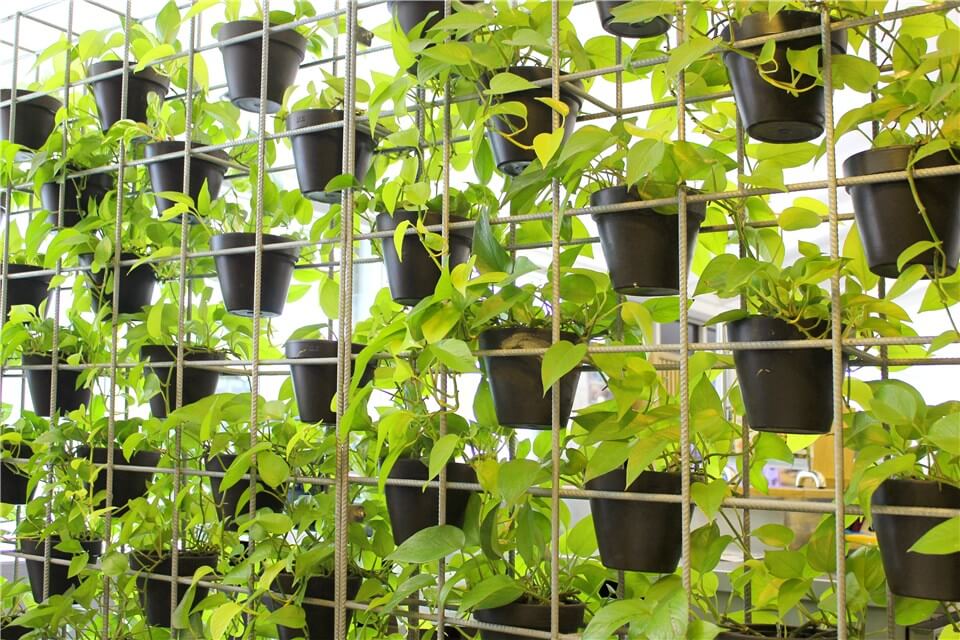
How to Make Vertical Gardening
Then please take the following steps to make a vertical gardening.
- Install your vertical garden structure securely. If using a wall, ensure it can support the weight of the plants and soil.
- Use high-quality potting mix suitable for your selected plants. Ensure good drainage by adding perlite or vermiculite if needed.
- Arrange your plants according to their light and water needs. Place taller plants at the top and shorter ones below.
- Water your vertical garden regularly, ensuring adequate moisture without overwatering. Fertilize as needed and prune to encourage growth. Besides, keep an eye out for pests and diseases, and take action quickly if you notice any issues.
By following these steps, you can create a vibrant vertical garden that enhances your space and provides fresh produce or beautiful blooms.
Conclusion
In conclusion, DIY vertical gardening offers a fantastic way to maximize your indoor gardening space. By utilizing the tips and tricks outlined in this guide, you can successfully create a vibrant vertical garden that not only enhances your surroundings but also provides fresh produce and a serene atmosphere.


